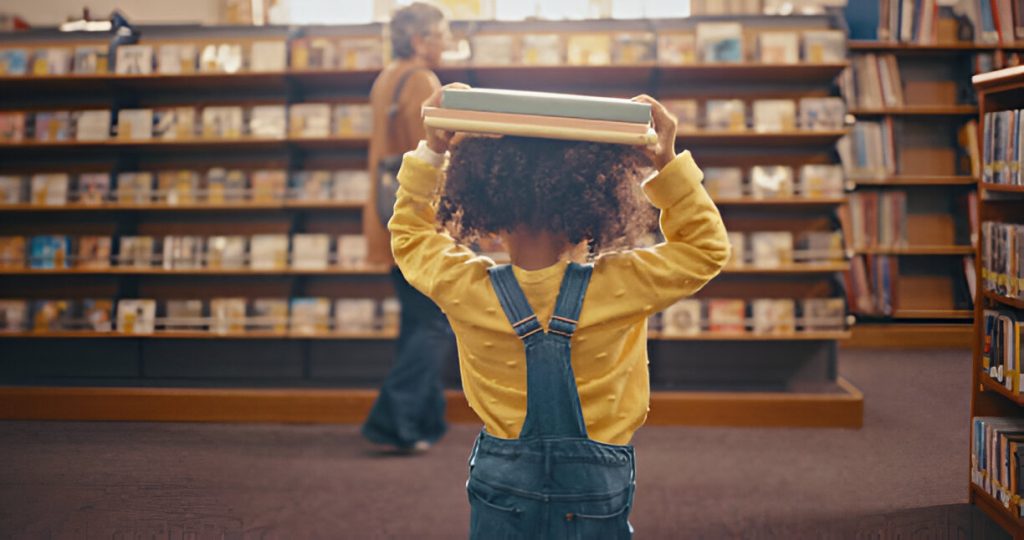In this case, children’s literature has been instrumental in the development of children for quite some time now. These stories have been told since ancient times and used in present-day picture books as entertainment, teaching tools, and guides to good behavior. This blog post will aim to provide information about children’s literature and its development, as well as the significance of the subject.
Early Beginnings: Oral Traditions and Folktales
People narrated the first children’s stories to the young ones, even before they were written down. In front of fires and hearths, parents and elders would tell stories that would both amuse and teach young audiences. These stories often featured animals with human-like intelligence, talking animals, and magic.
These included the fables, which conveyed certain moral lessons, the myths that sought to explain certain natural occurrences, and the legends that sought to pass on certain cultural beliefs.
The Rise of Print and the Development of Children’s Literature
The printing press, which arrived in the 15th century, revolutionized the history of children’s literature. With the ability to mass-produce books, publishers began to cater to a new audience: children. Orbis Sensualium Pictus, published in 1658, is one of the first children’s picture books. This book employed pictures to educate children about the surrounding environment.
The 18th and 19th Centuries: A Golden Age of Children’s Literature
The later part of the 18th century and the 19th century were the age of children’s literature. Many great books that are still read today were published during that time. These stories are still popular among children and the young and have inspired many people of this generation. Most of these books are among the “Must-read children’s books” for a good reason. They are fun to watch and enlightening as they pass messages that relate to life, friendship, and determination, among others.
The 20th and 21st Centuries: Diversification and Innovation
The twentieth and twenty-first centuries have also witnessed an increase in the diversification of children’s literature. New forms of books have been created, including fantasy, science fiction, and realistic ones. Writers have also been more creative in their approaches to narrating their work and have included various characters’ points of view. The use of picture books has also contributed to the development of early childhood literacy in a big way.
The Importance of Must-Read Children’s Books
Must-read children’s books are not just a list of books. They are the bridges to other worlds, developing imagination, creativity, and passion for books. These books can help children learn about other cultures, periods in history, and even basic science facts. They can also assist a child to be more empathetic and compassionate and even be able to think critically.
In Conclusion
Therefore, Stacy Frantz’s children’s literature has a very long and colorful history. Starting from the informal folk tales, children’s stories have come a long way to the contemporary and diverse to contribute to the formation of young minds and their interest in learning. With “Must-read children’s books”, children will be able to discover new worlds, learn and grow into better people.


